All about willow
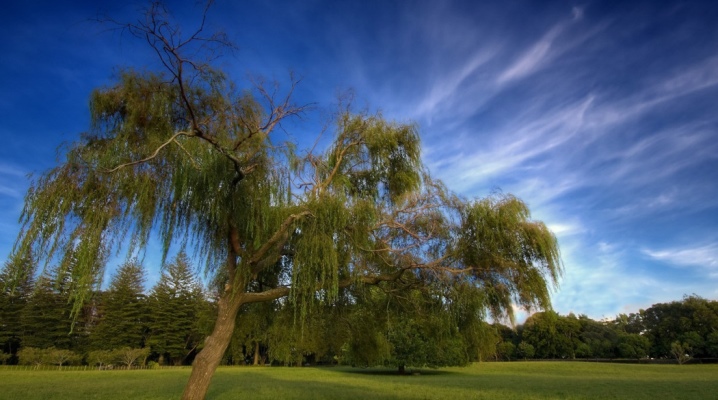
It is well known what the different types of willow look like, but many are eager to learn everything about them. These plants, requiring a minimum of attention, are distinguished by their growth rate, simply a gorgeous crown, as well as the grace of the branches and the special beauty of the leaves. Trees are most common in the middle of the Russian Federation. Most species, including the common willow, love moisture and prefer moist places. Poets even dedicated poems to old willows that bent their branches to the water.

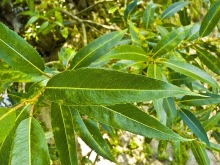
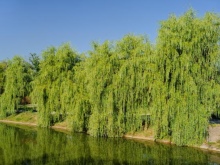
What it is?
The first willows appeared on the planet a long time ago. Scientists find their traces in the Cretaceous formation. The willow genus includes at least 3.5 hundred species. Plants live mainly in cool regions of the Northern Hemisphere, where their habitats go beyond the Arctic Circle. By the way, some varieties can also be found in the tropics.
Very often, the height of willow reaches 15 meters with a trunk diameter of about 30 centimeters. Some specimens (as a rule, this is true for wild representatives of the genus) grow up to 40 meters. The tree has a lifespan of about 50 years. Its foliage is most often curly, dense and dark green in color.
These characteristics are determined by the age and conditions in which the willow grows.
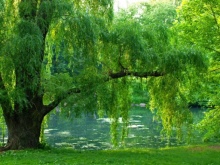
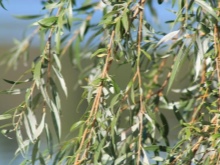
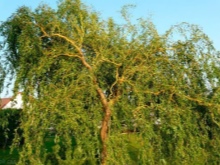
The branches of the plant are thin, twig-like, and also very flexible, but at the same time they are fragile. The buds appearing on them have a reddish tint. Willow blooms in early spring and often even before the foliage appears on the branches. The flowers themselves are very small and poorly visible. The result of flowering is the fruits, which are capsules, inside which seeds are born and ripen. The latter, due to their small size, are capable of scattering over impressive distances.
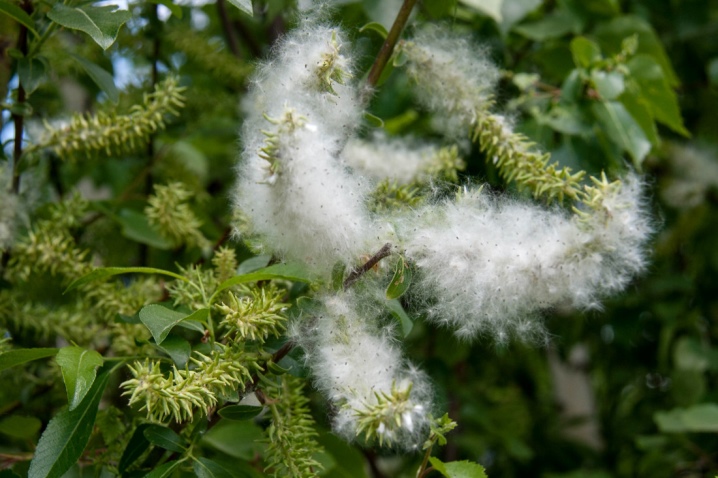
The features of a fairly diverse root system directly depend on the type of plant. For example, the goat willow has poorly developed roots, which, after two to three decades of life, practically cease to perform their main functions. At the same time, the common weeping willow differs from other varieties with a powerful root system, which grows and strengthens until it finds a source of moisture.
We are talking about dioecious plants, which means the existence of males and females. The former have anthers, while the latter are fruiting. Bisexual specimens are less common. Branches of some species can be decorated with earrings in spring. At the same time, the male ones at first outwardly look like balls with a silvery tint, which very soon turn yellow and fall off. Willow fluff can be produced exclusively by females.
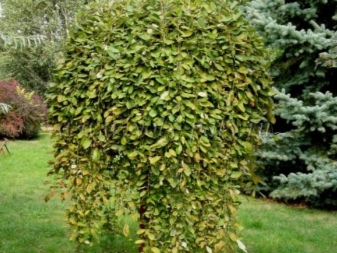
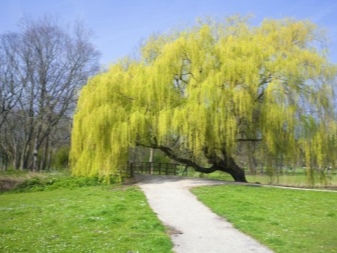
Description of species and varieties
As already mentioned, there are many varieties of willows. The difference between the two boils down to many parameters.
So, one of the criteria is the size - from real giants to a small shrub creeping on the ground, the height of which does not exceed a couple of centimeters.
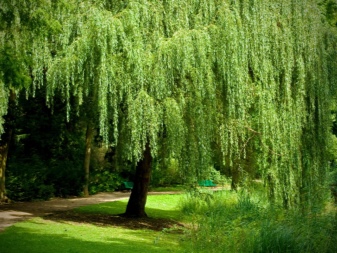
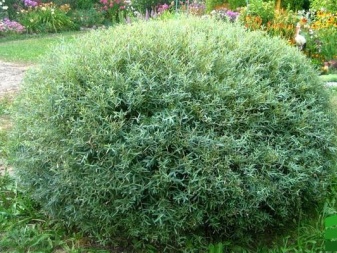
It should be noted that over a hundred species grow in Russia.
White
In this case, 2 forms of white willow are distinguished, which is also called willow.
- Silvery, which is the tallest (up to 12 m) and the least demanding of the decorative types. The name was predictably determined by the corresponding color of the foliage.
- Weeping. The height of trees with a very beautiful, cascading crown, usually reaches 5-7 meters.The length of the branches, hanging almost to the ground, is up to 3 meters. The key characteristics include unpretentiousness to the soil, moisture-loving, as well as winter hardiness. They are planted in open ground, including in shaded areas.
But it is worth considering that with a lack of sunlight, the crown will not be so beautiful.
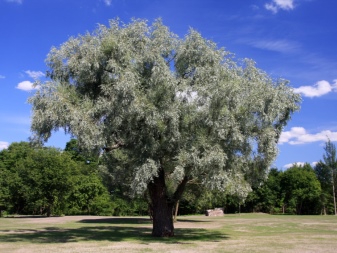
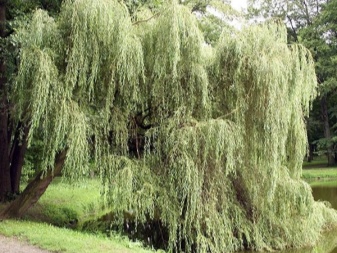
Spherical
The main distinguishing feature of the rakita is a dense crown of a regular domed or spherical shape. The height of multi-stemmed trees often reaches 7 meters. The species is characterized by the fact that it does not freeze even in rather cold winters.
It looks equally impressive for single and group plantings. They are also used to create hedges.
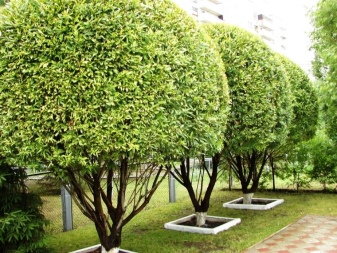
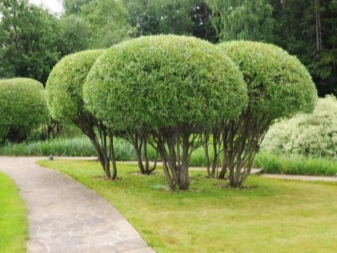
Goat
This look can be confidently called spectacular. Its shoots rise as a living tent above the trunk-stem, the height of which often does not exceed one and a half meters. According to statistics, the popularity of this plant in Russia is currently growing at a record pace. This is largely due to imported planting material. With sufficient sunlight, a not very wide crown is formed, overhanging with a tent and dropping almost to the ground.
During the flowering period, the shoots are densely covered with fluffy flowers, turning the plants into huge dandelions.
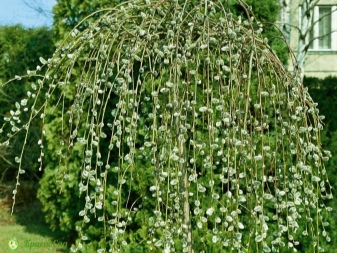
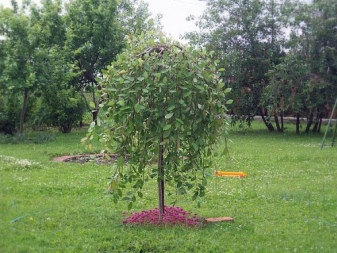
Breaking
In this case, we are talking about small trees and bushes that grow quickly enough. Prefers flooded, sunny areas, but can grow in partial shade. The crown of a brittle willow is soft and outwardly somewhat similar to a cloud. At the same time, the foliage is green, and in the fall it becomes bright yellow. In the period from April to May, flowers of a yellow-green hue appear on the trees. Trees can grow up to 15 m, and their crown diameter reaches 12 m.

Purple
This species is a shrub that grows to a height of 2-2.5 m. The purple willow has a fairly dense crown of almost spherical shape with reddish, glossy foliage. The clear advantages include the ability to grow in the shade. But at the same time, the plant does not have good winter hardiness. At the same time, the bushes can not be covered for the winter, since after freezing, the form is restored well and quickly enough.
It is recommended to plant in areas that are not blown.
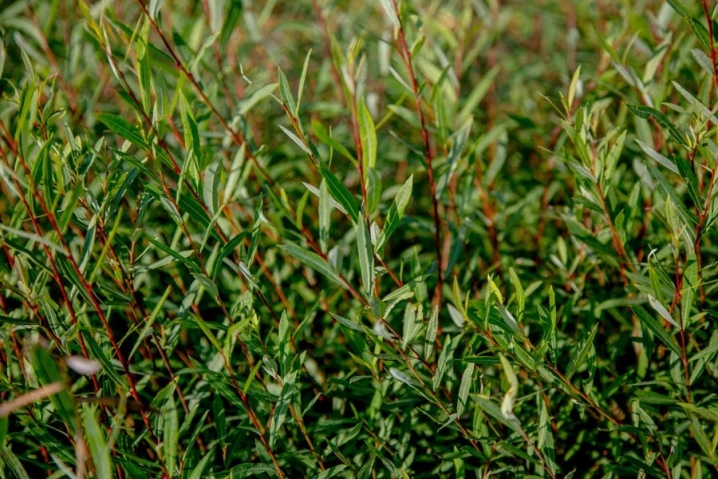
Sinuous
The climbing willow has two forms.
- Matsuda, which has golden-colored shoots that curl into spirals, and slightly curled leaves. It is important to consider that this spectacular foreigner is very susceptible to frost and can freeze up to the level of snow cover. Based on this, it needs to be protected from the cold and covered. Such a willow should be planted and rooted in an illuminated and windproof area.
- Ural winding, not inferior to a relative in attractiveness, but more adapted to harsh climatic conditions. Small (within 3.5 meters) trees look very aesthetically pleasing regardless of the season.
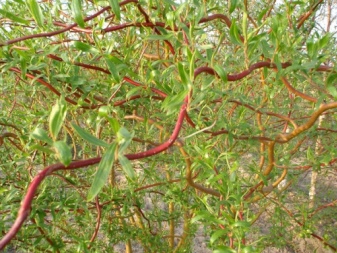
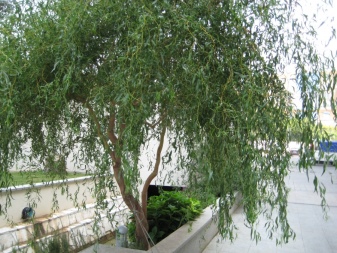
Whole-leaved
This species (variety "Hakuro-Nishiki") is unusual and attractive. At the ends of its shoots, there are literally snow-white leaves, while the middle and areas at the bases are decorated with variegated foliage. The plant is a low (up to 1.5 meters) bushes or trees, if a bole was inoculated.
In areas with cold winters, it is better to plant shrubs and cover them.
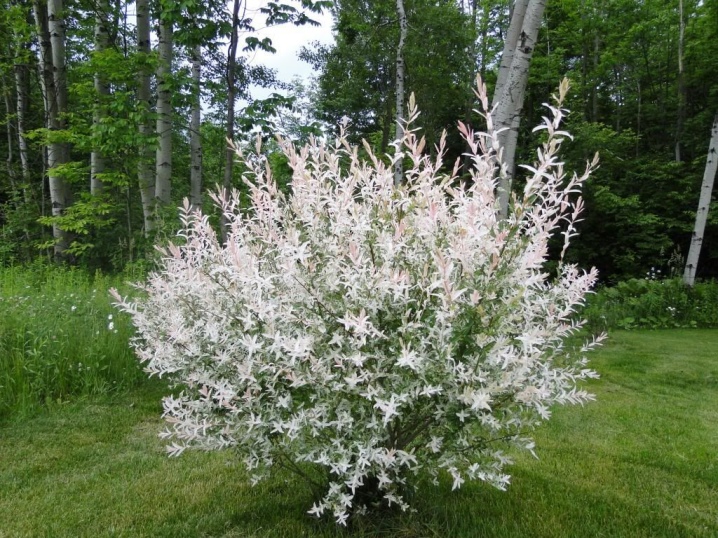
Swiss
This variety belongs to the dwarf category. The Swiss grows slowly and prefers well-lit areas. The ideal conditions for her will be loose, fertile soil and high humidity. It goes well with conifers. This willow has a round crown with silvery foliage. Low bushes (up to 1 m) are decorated with a rather wide (up to 1.5 m in diameter) "cap".
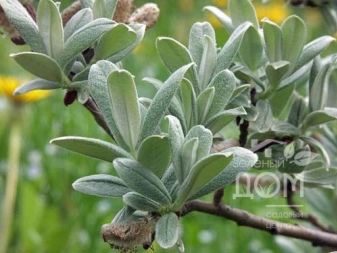
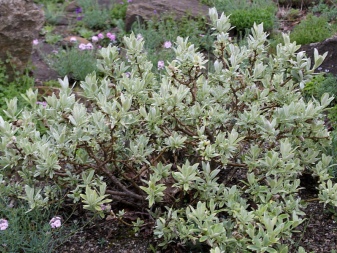
Holly
It is a tree or shrub with thin, reddish shoots with a waxy bloom. By the way, the latter is quite pronounced and can be easily erased.Many people call these plants a willow. Oval crown with elongated greenish leaves. The trees are capable of reaching a height of 10 m. After wintering, the willow "wakes up" earlier than many of its "brothers".
Based on this, its shoots with fluffy buds, which some call "cats", often decorate dwellings.

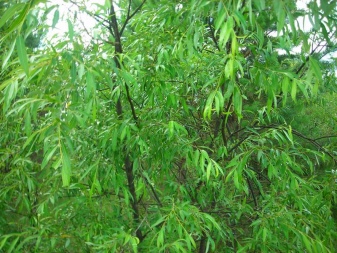
Babylonian
In this case, we are talking about spreading trees, the main decoration of which are long branches that descend very low. From their tops and almost to the ground, the effect of a waterfall is created from green, red or yellow shoots. One of the key advantages of the species is its high frost resistance. A round crown with elongated, dark green leaves (bluish bottom), especially in tandem with white-yellow earrings during the flowering period, creates a unique look.
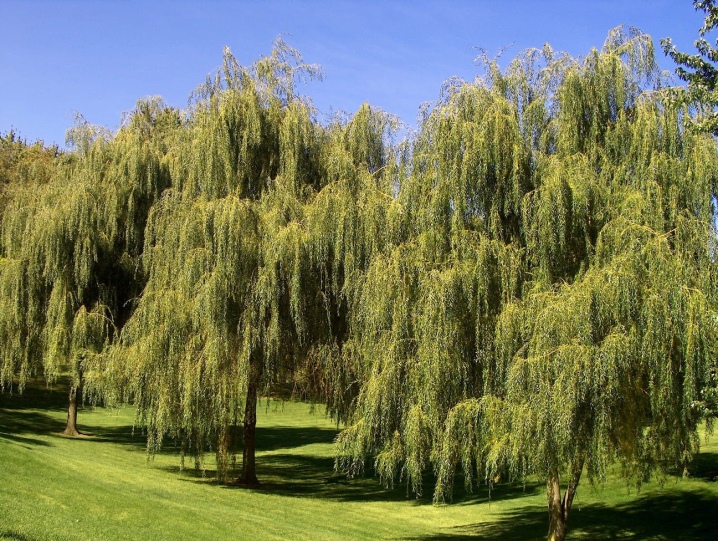
Creeping
Based on the name, we can conclude that this is a shrub that has flexible branches. In the overwhelming majority, creeping willow is grown on boles. For example, the "Armando" variety can often be found not only in the garden, but also in greenhouses, rooms or on balconies. The foliage is green on top, and the lower part of the leaf plate has a silvery tint. The plant is light-loving and frost-resistant. In the spring, during the flowering period, pinkish-silvery and fluffy flowers appear on the shoots.
At a height of within a meter, the willow has a crown that reaches three meters in diameter and requires formation.
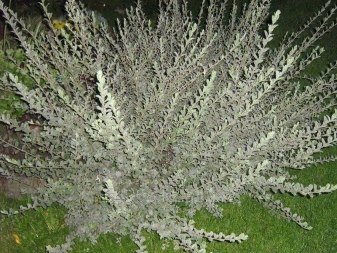

Siberian
Low, but at the same time quite sprawling culture. The crown is formed by flexible, red or purple shoots. Willow grows very slowly, but is characterized by resistance to cold and strong winds. Straight and flat leaves have tapering on both sides, as well as a small fluff. The Siberian beauty blooms in May, and then earrings with a pronounced aroma appear on it. A low (within a meter) plant has a crown, the diameter of which can reach four meters.
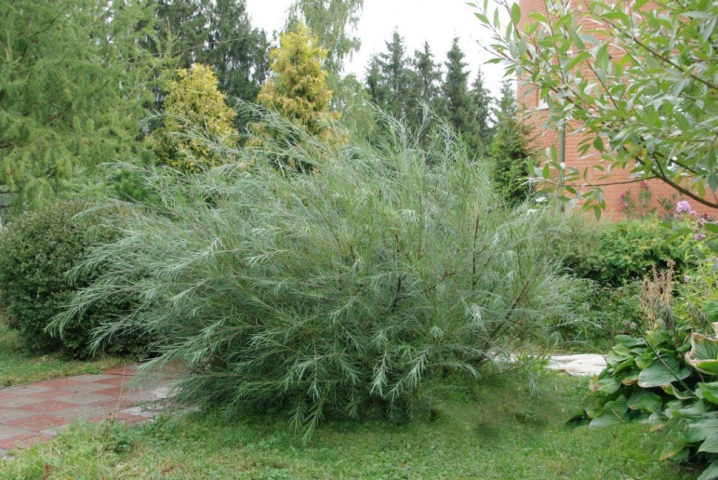
Boarding and transfer rules
It is important to remember that most willow varieties are not very demanding on the soil. However, the most favorable conditions for growth will be medium and light loams. And this is especially true if they do not forget to feed the willow with organic substances. The plant feels good in the close proximity of groundwater.
When planting a seedling of bushy species, you will need to dig a hole 0.5x0.5 meters. In cases with tall trees, these parameters are increased by 10 cm.The depth is 40 cm.
It is important to take into account that when planting large specimens with a corresponding earthen lump, the pit should be 40-50 cm wider than it, and the depth 30-40 cm deeper. If a hedge or a dense alley is created, then it is more expedient to make a trench.
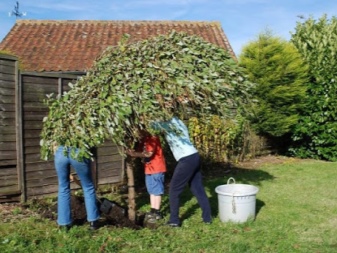

Part of the pit (from one third to half) is filled with a soil mixture consisting of soil, peat and compost in equal proportions. In cases with heavy soils, add up to 20% sand. Another integral component should be mineral fertilizers. As an example, Azophoska is added in an amount of 150-200 g.
Species with a closed root system take root well at any time from April to October. The key point is to make sure that the roots themselves and the lumps are not dry. If we are talking about plants with an open root system, then it would be correct to plant them in early spring - before the buds bloom. An alternative is to plant in September, when the leaves begin to fall.

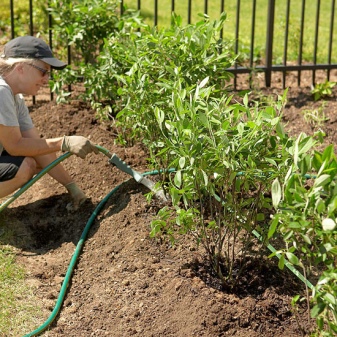
Care features
In principle, it is quite easy to care for plants. However, it should be noted that willows in the first growing season require abundant watering. Depending on the size, the volume of water is 20-50 liters. Watering is necessary every 2 weeks and every week during dry periods. Then moderate irrigation will be enough.
In the context of feeding, it should be borne in mind that complex fertilizers, as a rule, are applied in spring and summer 2-3 times. At the end of August, they are fed with potassium sulfate and superphosphate. As a result of rainy periods, gray and even black spots may appear on the leaves. Spraying with oxychome or copper oxychloride will help restore the plant to its original appearance.
In the fall, it will be useful to remove fallen leaves from the site. Also, in the summer and autumn months, it is required to take care of the timely elimination of wild growth.
Another important point is the protection of species that do not tolerate winter well. They are sheltered in October or early November.
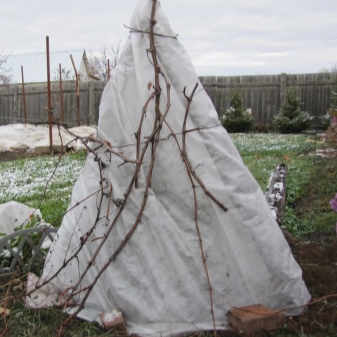
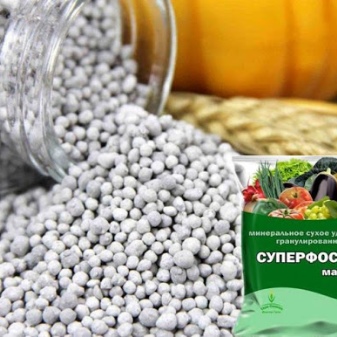
Reproduction
The described plant, regardless of its varieties, propagates by seeds or by cuttings. The first method, of course, is possible to grow willow, but it is used extremely rarely. As a rule, trees and shrubs reproduce by seeds on their own. It is important to consider that the seed lasts no more than a week. In addition, it is quite problematic to determine the right one for planting.
If you graft, then positive results are almost always guaranteed. Cuttings are harvested in the off-season, while March and November are considered the optimal time.
It is important that by that time the shoot is already well formed, that is, it must be at least 2 years old. The cuttings are about 25 centimeters long.
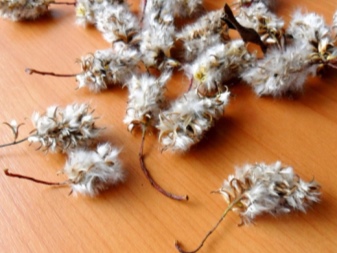
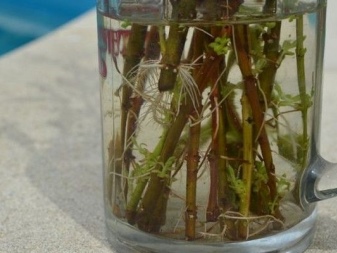
Diseases and pests
When growing willow, you need to know what to do and how to treat it if it is sick. Most often, the described plants are harmed by caterpillars, leaf beetles, flies, aphids and elephants. Willow is threatened by such pests.
- The poplar leaf beetle, which is a beetle with a body up to 12 mm, with a reddish tint of wings, the tops of which have a black speck.
- Aspen leaf beetle, which is slightly smaller than poplar and has no spots on its wings.
- Willow silkworm (leafworm). In most cases, it harms the rod-shaped willow. We are talking about caterpillars that fold the tops of the leaves into a cocoon and begin to eat the tops of the shoots.
- Willow aphid, sucking juices from foliage, young shoots and buds. The pest is capable of giving up to 10 generations throughout the year.
- Spider mite, damaging leaves that turn brown (sometimes black), dry and fall off.
- Bindweed is a weed, especially dangerous for a plant in the first year of life. It wraps around the rod, leaving spiral traces, including on wood. As a result, the shoots stop growing.
- European dodil is a parasitic plant that launches adventitious roots into wood. It is often possible to observe that the whole willow has dried up from this.
- Willow wave is a butterfly with white wings, the length of which reaches 2.5 cm.
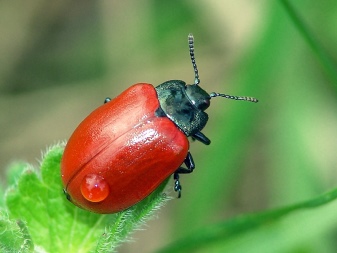
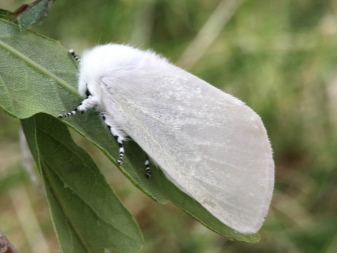
There is also a danger of necrosis of the bark, trunks and branches, the occurrence of which is provoked by various fungi.
The list of manifestations of fungal diseases caused by high humidity includes:
- powdery mildew;
- rust;
- different types of spotting;
- scab.
In addition to all of the above, it is worth mentioning the penny, a larva that creates a small amount of foam around itself for protection. She, like the willow itself, prefers places with high humidity. Such "spits" begin to appear at the end of May and June. Also, spherical growths (neoplasms) can be found on the leaves. Such galls are most often the consequences of insect bites.

Use in landscape design
Everyone knows that the willow vine has found its use as an excellent material for weaving. However, various species of this plant are successfully used to create various landscape compositions. For example, they are traditionally planted near water bodies in many garden and park areas.
Willows, planted at intervals of no more than 2 meters, turn into an aesthetic hedge. If you arrange them in two rows, you get a magnificent shady alley. One of the best options in this case would be weeping white with closed crowns.
To achieve a similar effect, for 2-3 years after planting at a height of about 3 meters, the branches directed towards each other are connected by the ablation method, which does not imply violation of the integrity of the shoots.
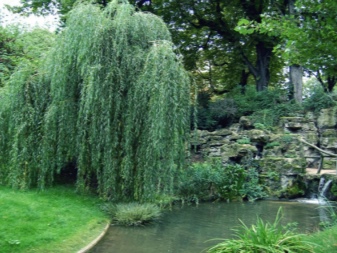

However, it is worth considering that such grafting requires certain knowledge and experience. Proceeding from this, branches are often simply intertwined, fixing with plastic wrap (tape). As a result, a living, delicate tunnel is formed. In the absence of space for such an alley, an arch created in the same way will decorate any territory.
The most spectacular hedges come from willow bush. An excellent material would be, for example, crimped, purple or Caspian varieties. This approach to landscape design will allow you to separate, decorate and partially shade the desired area. At the same time, the bushes look spectacular simply planted along the paths or in a group with other plants. Near a small stream or fountain in a rockery, it will be more than successful to place dwarf willows.
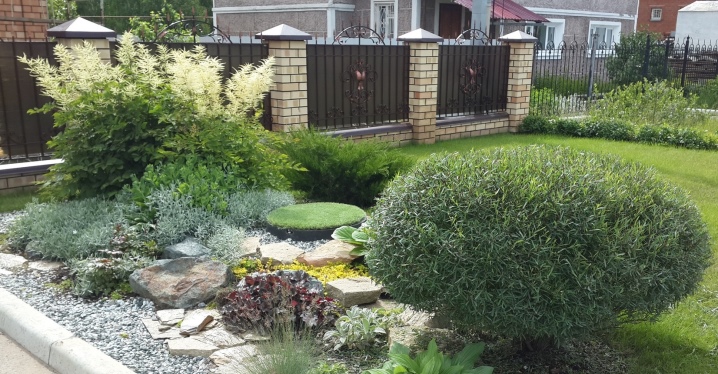
Interesting Facts
Particular attention should be paid to the medicinal properties of the described plants. So, for example, for a long time, tree bark has been used as a fairly effective anti-inflammatory agent and antipyretic. Another important point is that the active component of aspirin - salicylic acid takes its name from the Latin "Salix", which means "willow".
Among other things, this plant is an excellent honey plant. Its fluffy flowers are rich in nectar.
Do not forget that the weeping willow is so called because of its ability to cry. So the tree gets rid of excess moisture.
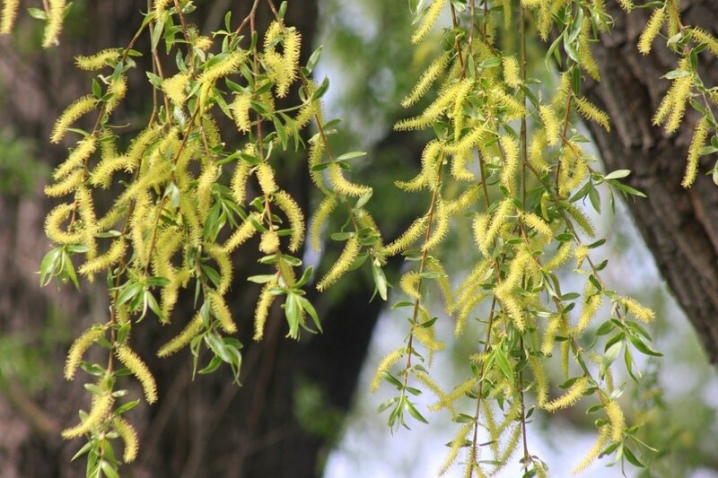
For more information on willows, see the next video.



































































The comment was sent successfully.